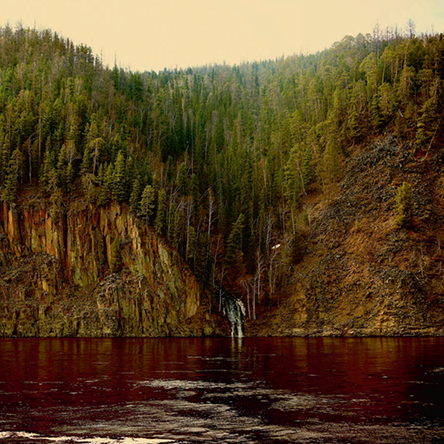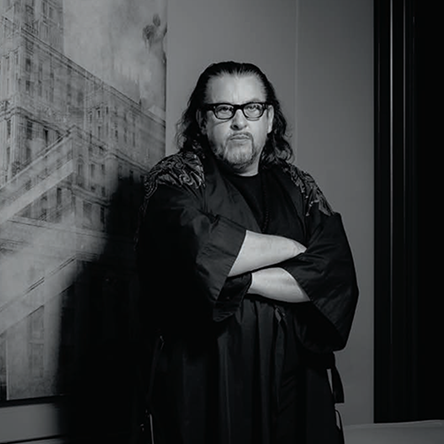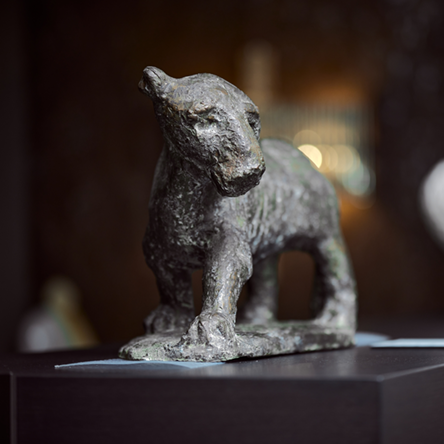NIKOLAI KALMAKOV
Painter, sculptor, designer and illustrator Nikolai Konstantinovich Kalmakov was born in 1873 in Nervi, Italy, and belonged to the second generation of Russian Symbolists. An important artist of the Russian Silver Age of Culture, he depicted predominantly the erotic, exotic and demonic; femme fatales and demonic monsters drawing from a wide lexicon of historical and mythological images, including Hercules, Adonis, Orpheus, Astarte and Salome. He was able to evoke the mystique and splendor of Antiquity and the Renaissance as a backdrop to his wantonly and diabolical figures.
In 1895 Kalmakov graduated with a Law degree from the Imperial Institute of Jurisprudence, the most prestigious school for boys in St Petersburg, the capital of the Russian Empire. Upon graduation he joined the Ministry of Internal Affairs as a civil servant. Legal and bureaucratic activities aside, he was an artist of superior imagination. Largely self-taught, he had an eye for vivid colours, particularly Cardinal and Royal Blue and fanciful, obscure psychedelic shapes and patterns.
Kalmakov met Nikolai Evreinov at the Imperial Institute who made a lasting impression on the artist and with whom he would go on to collaborate on a number of theatrical projects. Kalmakov’s career did indeed begin at the theatre, and he achieved much acclaim as a designer. Soon after, fame turned into notoriety as a result of his scandalous sets in Vera Komissarzhevskaya’s interpretation of Oscar Wilde’s ‘Salome’ in 1908, and the production was censored for its explicit sexuality. He also designed sets for Serge Diaghilev's Ballet Russe.
A great deal of Kalmakov’s life and true disposition remains a mystery. We know, however that his Russian father was absent during his formative years though his Italian mother, an opera singer, instilled in him the passion and reverence for Opera and Theatre. Although his mother had a significant influence on his artistic development, his German nanny who was fond of gothic tales and mysteries which she shared with Kalmakov, profoundly shaped what was to become his signature style. It was she who prodded the young Kalmakov to enter into a dialogue with the devil.
He was also a dandy; a flâneur with a keen interest in the esoteric and very much part of the literary and artistic scene. His illustrations are to be found in many publications related to the theatre, Russian and German poetry as well as to Scriabin.
In the words of Philippe Jullian:
Very few paths, could lead us to the labyrinth which is to be Kalmakov’s life. We know, that he fought a duel, that he had an estate in Petergof, where once a demon appeared before him, that he had at least one mésalliance and several strange adventures. Kalmakov had, without doubt, an attractive composition of a Spanish manner, which he loved to accentuate with his dress. High brow, thick eyebrows and side-burns underlined his olive skin and oval face, presently depleted by cruel disappointments. His features often transformed into a monkey-like expression, akin to that of a satan’s servant.”
Kalmakov was apathetic to the October Revolution and left Russia soon after the Bolshevik overthrow. He finally settled in France where he spent the remainder of his life and died impoverished and a recluse in February 1955.



